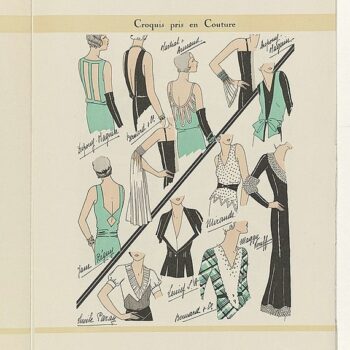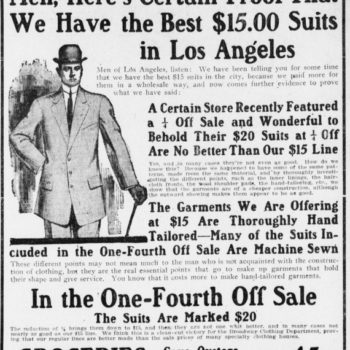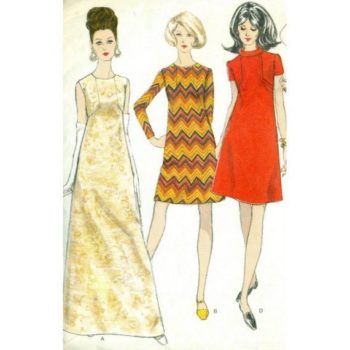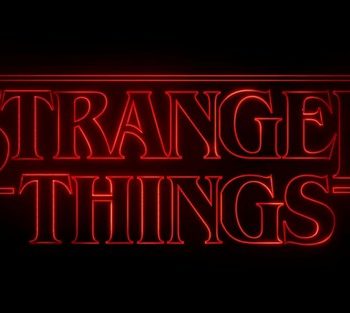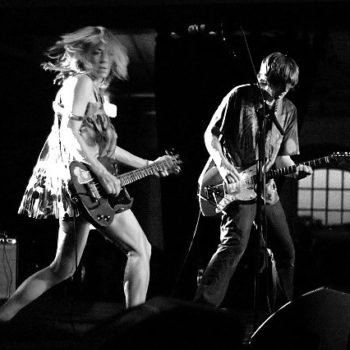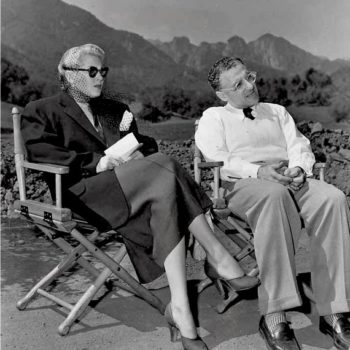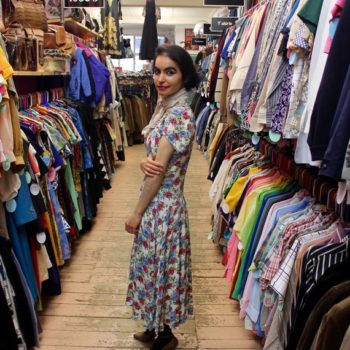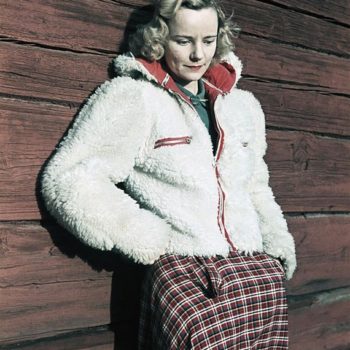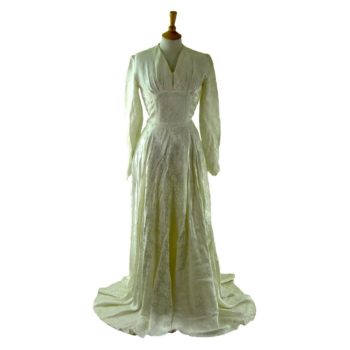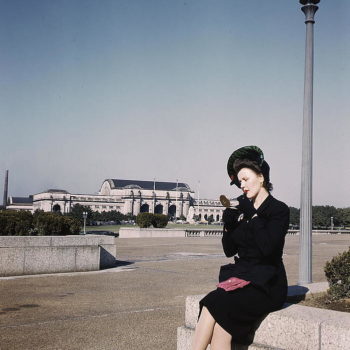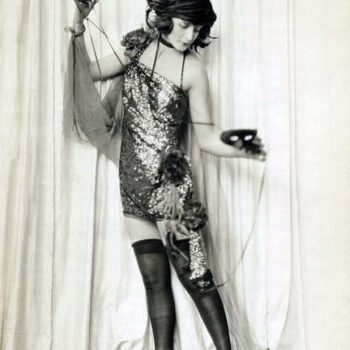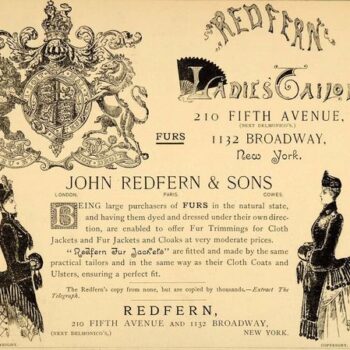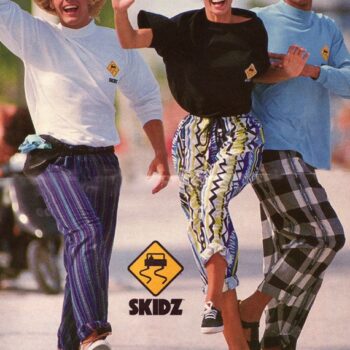The roaring twenties -1920s fashion
August 3, 2014Ah, the roaring Twenties. Perennially chic, ceaselessly referenced, the decade of the modern woman.
Think short, sharp bobs, gorgeous finger waved hairstyles, red lipstick in a cupid’s bow, kohl eyeliner encircled eyes. Makeup and short hair on a woman were both pretty shocking and unladylike, leading the younger generation to embrace both with gusto.
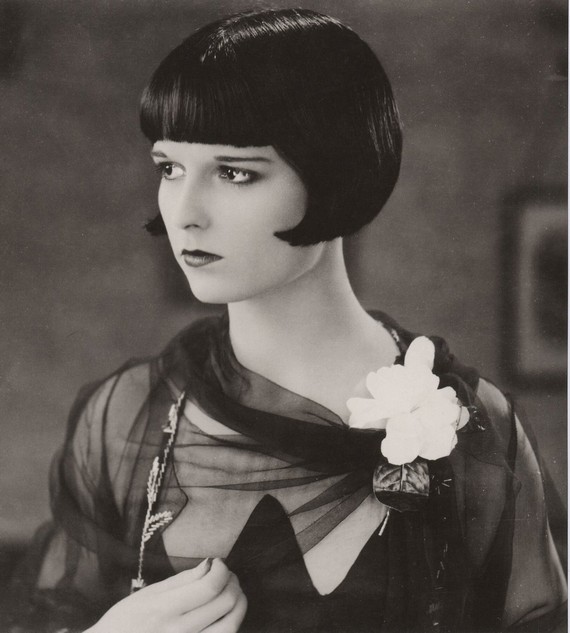
louise brooks
The flapper girl
Of course, the roaring twenties were the decade of the flapper girl, so restrictive corsets and a womanly shape were out. Which was great for the naturally flat chested – no underwear, hurrah! But if you happened to be endowed with any kind of bosom, in order to fit the sleek styles, you needed to go the other way and actually bind your chest into a flat silhouette.
The most iconic image we have of the roaring twenties and something that immediately springs to mind whenever we think about this period is the flapper.
The flapper girl with her shorter hemlines is an image we have of women from this period, although it occupied only a short period during this decade, from 1926 to 1928. Hair also became shorter and sleeker with shapeless shift dresses, a flatter chest, bolder make up, cigarette holders and exposed arms and legs.
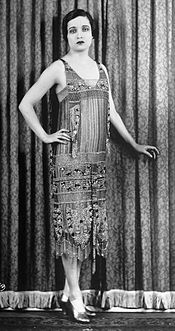
Alice joyce 1926
Skirt lengths became much higher in 1920’s fashion, rising to knee length in some evening gowns, which were also daringly sleeveless. Girls were walking around with arms, legs, and necks uncovered! These simple, shift dress styles were weighted with glass beads which were often embroidered all over and hung in waterfalls, leading to a deep fringe at the hem. They were designed to catch the light and look mesmerizing when girls shimmied to the new dances, the Charleston, Black Bottom and Lindy Hop.
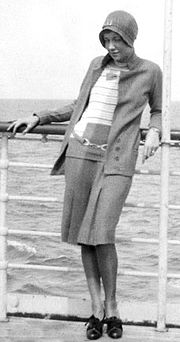
Flapper On Ship 1929
The roaring Twenties designers
Chanel was really in her element here, and this is when she invented the ‘Little Black Dress”. Another 20’s couturier of note is Madeline Vionnet, who designed clothes to accentuate and celebrate the natural line of a woman’s body. Her bias cut designs caused silk to fall in a new way, clinging and draping in all the right places. They were supremely elegant.
Jean Lavin’s business also exploded in the the roaring Twenties. She made clothes that were a little more feminine than Chanel’s boxy signature style, typically with a straight or fitted bodice, drop waist and fairly full skirt. She was so successful that she expanded into perfume, menswear, sportswear, and home décor.
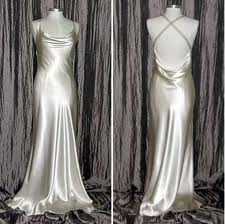
20s bias cut evening gown
1920’s Accessories
Accessories of gloves, wrist length for daytime, elbow length for evening, and cloche hats for daytime and headbands for evening were common. The headbands were wide strips of silk which could be fantastically decorated with ostrich feathers and brooches.
Tiaras and diamond hair slides were also popular. They were designed to draw attention to the daring hairstyle. Shoes usually sported a kitten heel, nothing higher. For jewellery, as well as the hair decorations mentioned above, slave bangles, positioned above the elbow accentuated the bare arm, and a collection of bangles at the wrist also looked good. As well as this, ropes of pearls had been made fashionable by Chanel and dangly earrings were still in vogue.
For the aficionado of 20s fashion, it’s easy to assume 20’s style. Wear a bob with a fringe, or, if it’s just for a night, a faux bob can be made with longer hair, by rolling and pinning hair under. A shimmering beaded dress is next, low heeled Mary Janes, and some slave bangles complete the look. A flapper is born!
Social liberalism and 20s fashion
“Fashion is not something that exists in dresses only. Fashion is in the sky, in the street – fashion has to do with ideas, the way we live, what is happening.”
Coco Chanel
Certain periods throughout history have seen social liberalism in society change the way people think and behave – and dress. It often followed a period of austerity and sometimes was followed by another shortly after.
The Georgian period was a time of ostentation and increasing awareness of fashion, scandal wasn’t hidden and infidelity was a regular occurrence. Homosexuality was popular and contraceptives were sold in public. It was followed by a more austere Victorian period that changed its attitudes and dress dramatically.
Times they are a-changing
It wasn’t until towards the end of the Edwardian period that things started to change again, towards more liberal attitudes once more. The First World War had seen women take a far more prominent role with driving, land work and machine operative jobs being taken over by women, while the men were at war. This gave women a new confidence, they smoked, they drank and they drove cars. They were different women to the ones they’d been before the war.

louise-brooks in the roaring 20s
Equality – what equality?
The war didn’t bring equality to all women however, the vote was won by women who were house owners over 30 in 1918, and the rest of women did not get the vote until 1928 once they were over the age of 21. In 1918, ALL men had been given the vote over the age of 21. Having said that, although a narrow margin of women had been given the vote, it certainly helped women to feel that things were indeed changing – and for the better.
Shall we dance?
A romantic silhouette with full skirt and high waist was still in fashion in the roaring twenties, but the period was increasingly seen as the period of the knee length straight dress. Sport clothes had an impact on fashion too, as more women as well as men took part in outdoor sports. Cloche hats, dropped hems, and bobbed hair were all the rage with dancing too, the Charleston and Black Bottom were fashionable dances of the time. Party dresses were often adorned with rhinestones or real diamonds, shimmering fringes, tiaras and bandeaus. Knitwear for day-wear became popular with cardigans and tunics being the thing to be seen in.
Fashion leaders
Coco Chanel and Jean Patou took the reins and created some memorable 20s fashion moments. Film became more popular during this time and those that could afford it tried to emulate the movies stars of the moment.
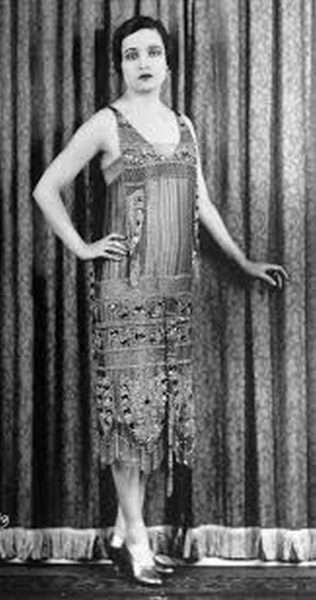
Alice Joyce – flapper dress from the 1920’s
All in all the twenties were a popular time of increasing awareness of women’s rights, a more liberal attitude to fashion that stayed, with shorter knee length hemlines staying in vogue. It was a period that embraced a period of peace after one of the worst wars Great Britain had seen so far. The car became more popular, entertainment included going to the movies, radios were starting to make an appearance and some women had been given the vote.
A daring time
In fashion terms the roaring twenties was a dramatic time of shrinking hemlines and more daring forms of dress that were in line with more active men and women, who embraced sport and dancing.
For this new life, simpler more sensible forms of dress had to be adopted to allow for freedom of movement. The sea side holiday became more popular with the “sun tan era” a possibility for those that could afford it with rompers, beach pyjamas and more conservative bathing costumes coming into view as the twenties drew to a close.
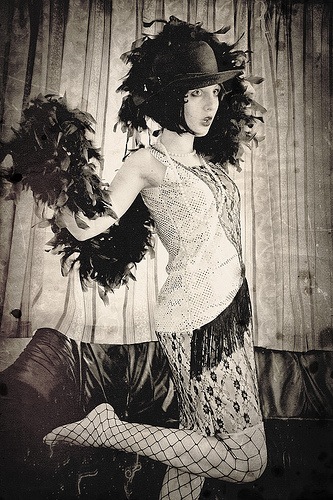
Portrait of Atelier Lili Baruch, Berlin,1927, by Hans Robertson
Modernism in the roaring Twenties
Modernism brought many changes, with Orientalism influencing western fashion for the first time with “Japonsim,” a type of Japanese influence on more traditional garments. Bold graphics and colourful embroidery were seen on ladies dresses – the Italian futurists influenced fashion during the twenties with bright geometric forms and bright colours. It was an exciting time to be part of the roaring twenties and their fashions still permeate today’s wear – the cloche hat has been having a moment as have fringes and kimono style jackets. The twenties are all around us – still.
As with the Georgian era, 20s fashion soon reflected this new found confidence and social liberalism. Over a period of 10 years the hemline slowly crept up with more emphasis on shoes and stockings. Waistlines dramatically dropped to the hips and underwear was less, with an emphasis on a more androgynous look and a flatter chest.
As we’ve already seen the First World War brought many changes to the lives of women and by the time the roaring twenties were in full swing, women were enjoying the new found freedom they’d been giving due to the economic changes. They smoked and drank – they drove cars and how they dressed changed radically, from the more demure look of the Edwardian period, came the shorter hemlines of the early to mid-1920s.
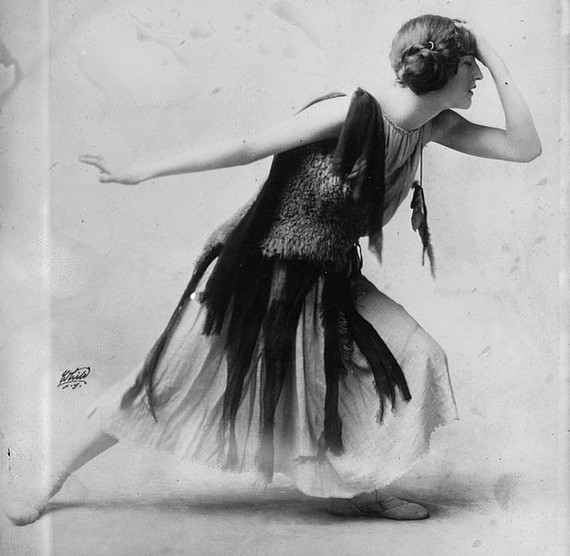
Violet Romer in a flapper dress c. 1915
A higher hemline
A higher hemline became desirable but not all clothes during the roaring twenties were short, dresses and coats, for the most part were calf length for most of the 1920s era. The one good thing about the flapper dress was that it was such a simple construction that even if you couldn’t afford to go out and buy one, you could make one yourself at home with a bit of imaginative dressmaking skill.
Butterick dress patterns were extremely popular allowing people at home to follow a simple pattern and make their own dresses that kept up with fashion. Ebenezer Butterick was born in the mid-1800s and created the very first sewing pattern, they became popular especially in the 1920s and 30s.
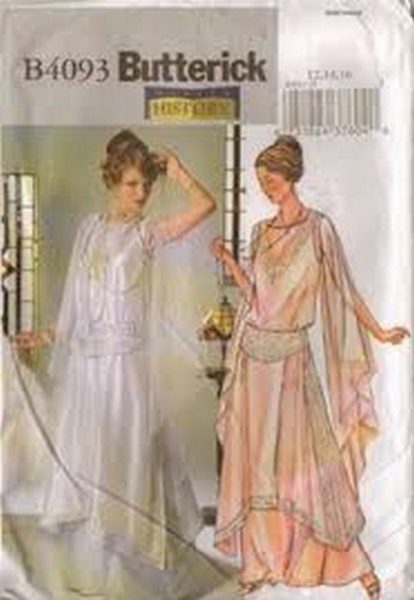
1920s Butterick dress patterns
The hemline would rise and fall from 1916 to 1929 rising steadily and then coming back down, settling at calf length for a short period before rising again towards the end of the roaring 20s.

Alice Joyce
The roaring Twenties – The silhouette
The silhouette at this time was a masculine one with flatter chests that were held down by specially made corsets. Bras weren’t about support as they are now, some were little more than camisoles, some women even went without bras in order to look more flat chested and breasts would therefore sit much lower down the chest wall as a result. Those with a more generous chest size would attempt to bandage their breasts down flat. The “Symington Side Lacer,” was a bra whose sole intention was to do just that. It was created so that both side could be pulled until the chest was flattened with lacing on both sides of the bra.
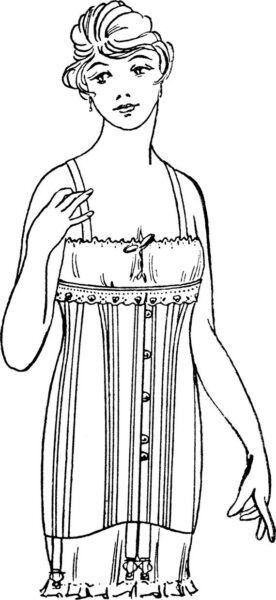
1920s corset
Although bodies may have seemed slimmer during the 1920s era, this was an illusion as most women dressed to flatten their bodies – the kind of underwear we wear today was unheard of in the twenties. The corselette offered a whole new way of shaping the body, and unlike the corsets that had gone before, in the Edwardian period, the corselette didn’t press the waist in or lift the bust, but flattened the chest and held in the hips.
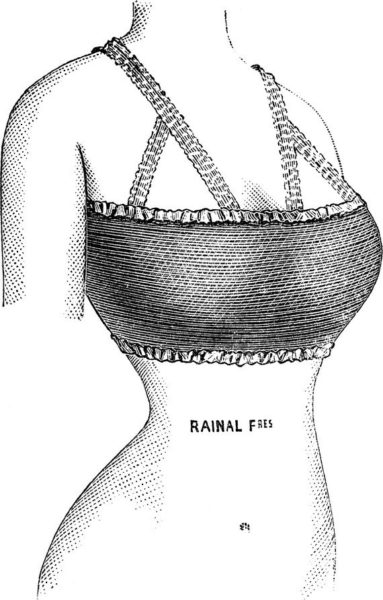
1920s elastic breast girdle
Youth
We associate the birth of the teenager with the late 50s and 60s – however the fashion of the 20s had a strong association with youth. Women of the Edwardian period with their fuller bodies and larger curves were not suited to the mannish look of the 20s where to look like a 15 year old boy was the ultimate thing to work towards.
The roaring Twenties – Shoes
Shoes were naturally made and chosen far more carefully once the hemlines started to rise. There was more emphasis on a good shoe and they were selected more carefully often with 2 inch heels or higher with bows, buckles and T-bars. Mary Janes were a particular favourite decorated with an ankle strap.
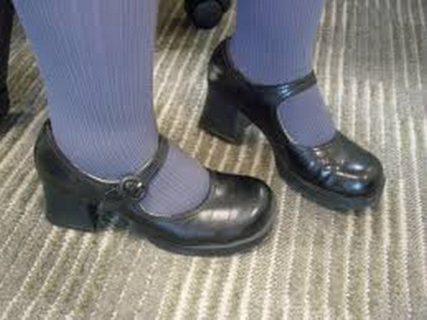
1920s mary jane shoes
The roaring Twenties – High fashion
High fashion in the roaring 20’s was mostly for the rich with designers Coco Chanel and Jean Patou leading the way, flapper dresses for the rich would be ornately embellished, while flappers for the poor would be less ornate and made from cheaper fabrics.
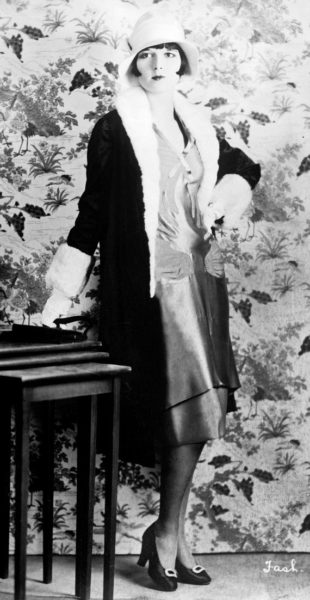
louise brooks- flapper girl
The twenties fashions are still popular, with the bob making a regular reappearance and the low waisted dresses still coming in and out of fashion, reinvented and refreshed. Mary Janes, T bar shoes and the cloche especially have been in and out of fashion over the intervening years, and the cloche has even made a comeback in 2013 and 2014.
So embrace the the roaring Twenties and the liberation of movement that it brought – bring out your hats, your buckles and bows and rhinestones. The straight shift dress can still make such a dramatic statement. Either vintage or homemade, if it’s plain then depending on how good with a sewing machine you are, embellish with rhinestones and fringes.



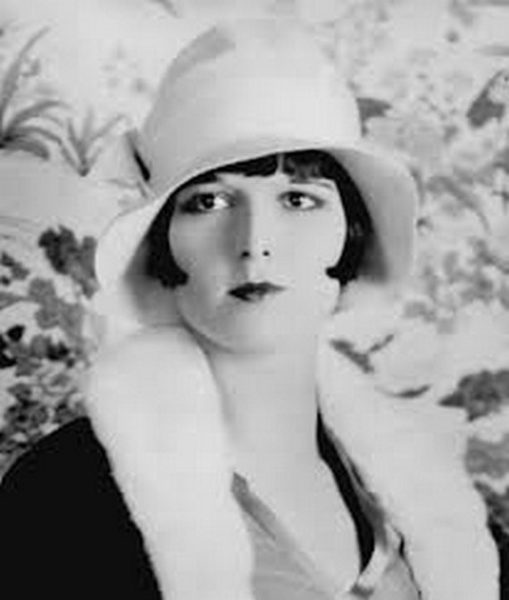

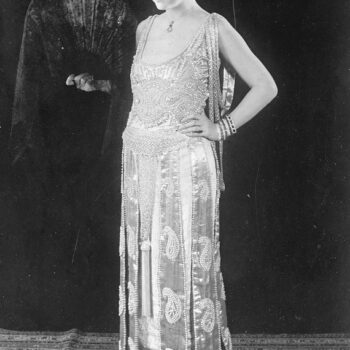
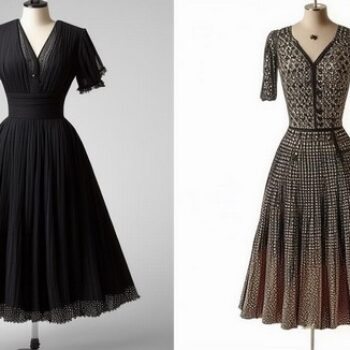
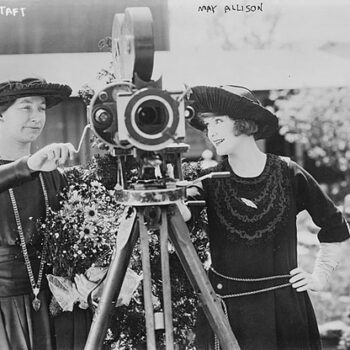
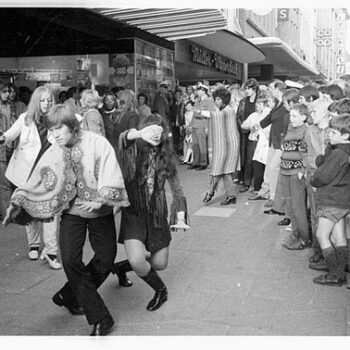
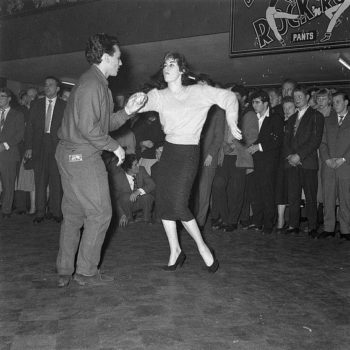
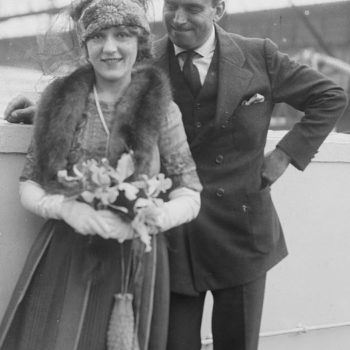
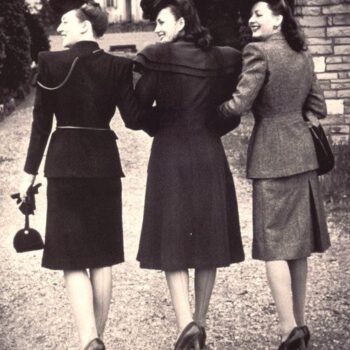
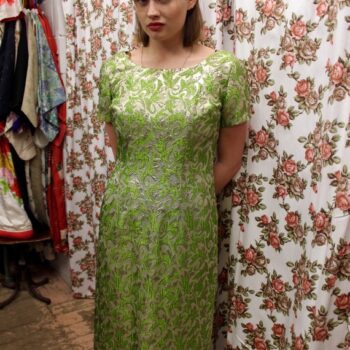
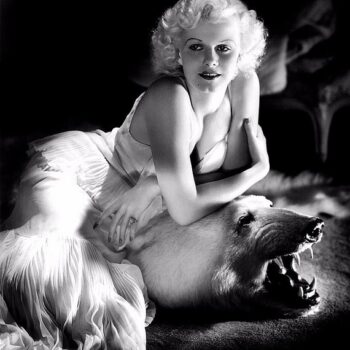
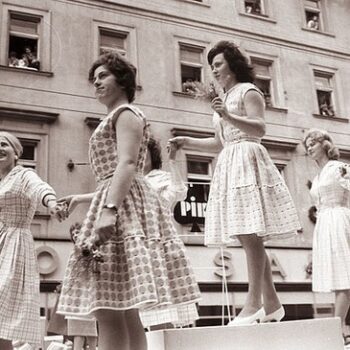
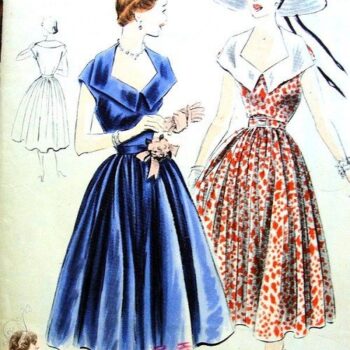
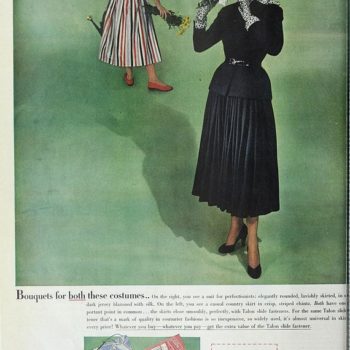
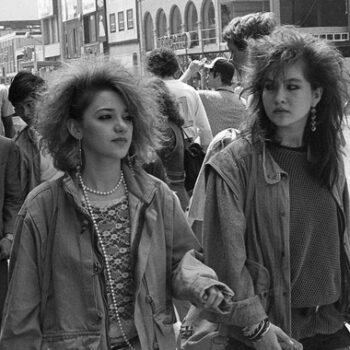
![What was 1980s fashion like, Gruppo_Italian, By Santulchix at the Italian Wikipedia project. [Public domain], via Wikimedia Commons](https://www.blue17.co.uk/wp-content/uploads/2018/04/What-was-1980s-fashion-like-Gruppo_Italian-By-Santulchix-at-the-Italian-Wikipedia-project.-Public-domain-via-Wikimedia-Commonso-350x350.jpg)
